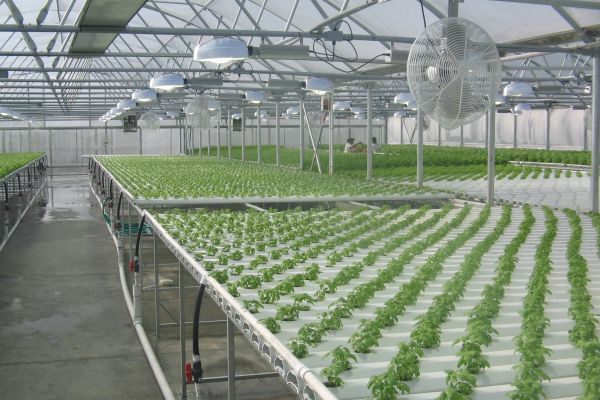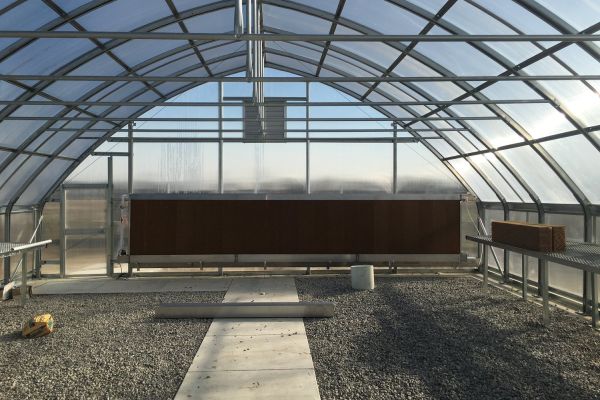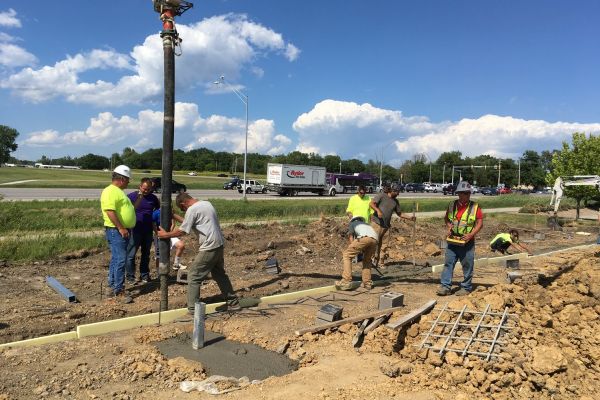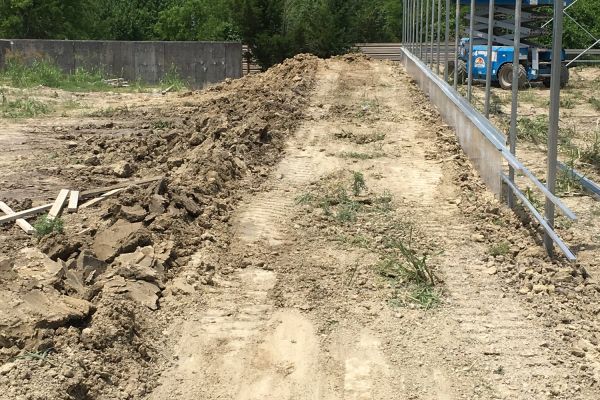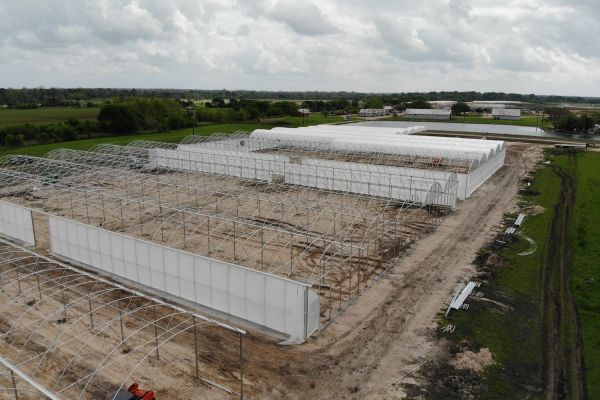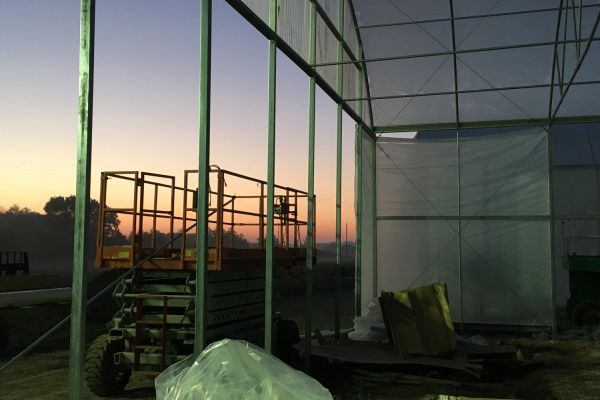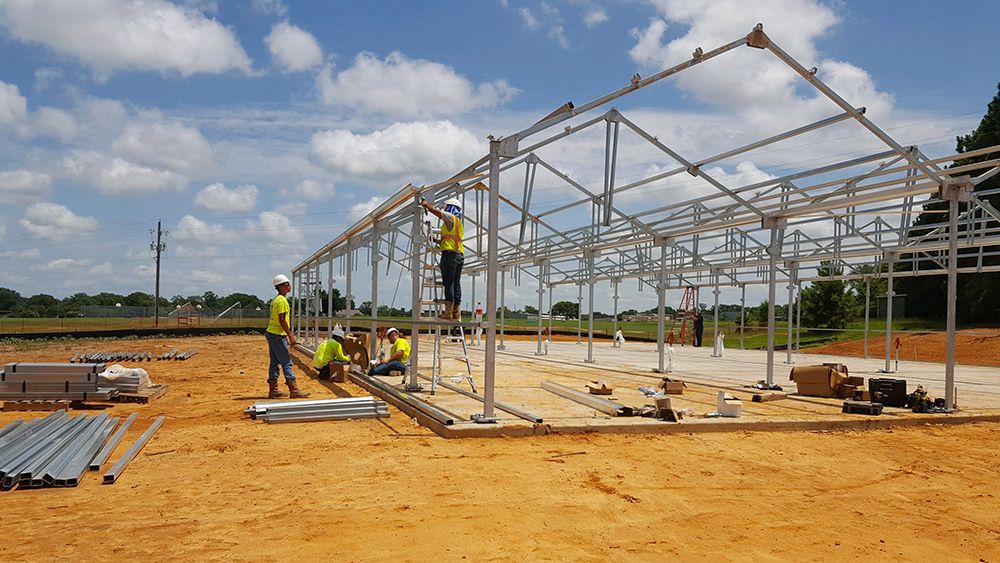
Safety Gear Every Construction Worker Should Wear
Construction sites are dynamic environments where hazards are ever-present. From falling debris to loud machinery, construction workers face numerous risks every day. Wearing the right safety gear is crucial to minimize injuries and protect workers from potential dangers. Here’s a comprehensive guide to the essential safety gear every construction worker should wear.
1. Hard Hats
Purpose: Protects the head from impact injuries caused by falling objects, debris, or accidental bumps.
Features:
-
Made of high-density polyethylene or similar durable materials.
-
Adjustable suspension systems for a secure fit.
-
Optional accessories like face shields and ear muffs.
2. Safety Glasses or Goggles
Purpose: Shields the eyes from dust, debris, chemicals, and flying particles.
Features:
-
Impact-resistant lenses.
-
Anti-fog and scratch-resistant coatings.
-
Side shields for added protection.
3. Ear Protection
Purpose: Reduces the risk of hearing loss due to prolonged exposure to loud noises from machinery and tools.
Types:
-
Earplugs: Disposable or reusable, fit inside the ear canal.
-
Earmuffs: Cover the entire ear, providing a higher level of noise reduction.
4. High-Visibility Clothing
Purpose: Ensures that workers are easily seen by machinery operators and other workers, especially in low-light conditions.
Features:
-
Bright colors like neon yellow, orange, or green.
-
Reflective strips for increased visibility during night work or in dimly lit areas.
5. Gloves
Purpose: Protects hands from cuts, abrasions, punctures, chemical exposure, and extreme temperatures.
Types:
-
Leather Gloves: Durable and resistant to cuts and punctures.
-
Rubber Gloves: Chemical resistance and waterproofing.
-
Cut-Resistant Gloves: Made from materials like Kevlar for added protection against sharp objects.
6. Safety Boots
Purpose: Protects feet from falling objects, sharp debris, and electrical hazards.
Features:
-
Steel or composite toe caps.
-
Slip-resistant soles.
-
Electrical hazard protection.
-
Puncture-resistant midsoles.
7. Respirators or Masks
Purpose: Protects the respiratory system from inhaling harmful dust, fumes, and chemicals.
Types:
-
Disposable Masks: Suitable for dust and non-toxic particles.
-
Half-Face Respirators: Equipped with replaceable filters for dust and fumes.
-
Full-Face Respirators: Provides comprehensive protection, covering the eyes and face as well.
8. Fall Protection Equipment
Purpose: Prevents falls from heights, one of the leading causes of construction site injuries.
Components:
-
Harnesses: Worn around the body and attached to anchor points.
-
Lanyards: Connect the harness to anchor points, often with shock absorbers to reduce impact.
-
Anchors: Secure points on structures where lanyards and lifelines can be attached.
9. Protective Clothing
Purpose: Shields the body from exposure to hazardous materials, extreme weather conditions, and potential injuries.
Types:
-
Coveralls: Full-body suits made from durable materials.
-
Flame-Resistant Clothing: Provides protection in environments where fire hazards are present.
-
Rain Gear: Waterproof clothing to keep workers dry during wet conditions.
Conclusion
Ensuring that construction workers are equipped with the appropriate safety gear is a fundamental aspect of maintaining a safe work environment. Employers must prioritize providing high-quality protective equipment and training workers on its proper use. By doing so, they can significantly reduce the risk of injuries and create a culture of safety on construction sites.
Remember, safety gear is not just a regulatory requirement—it’s a critical investment in the health and well-being of every construction worker.
Most Popular Greenhouse Articles
